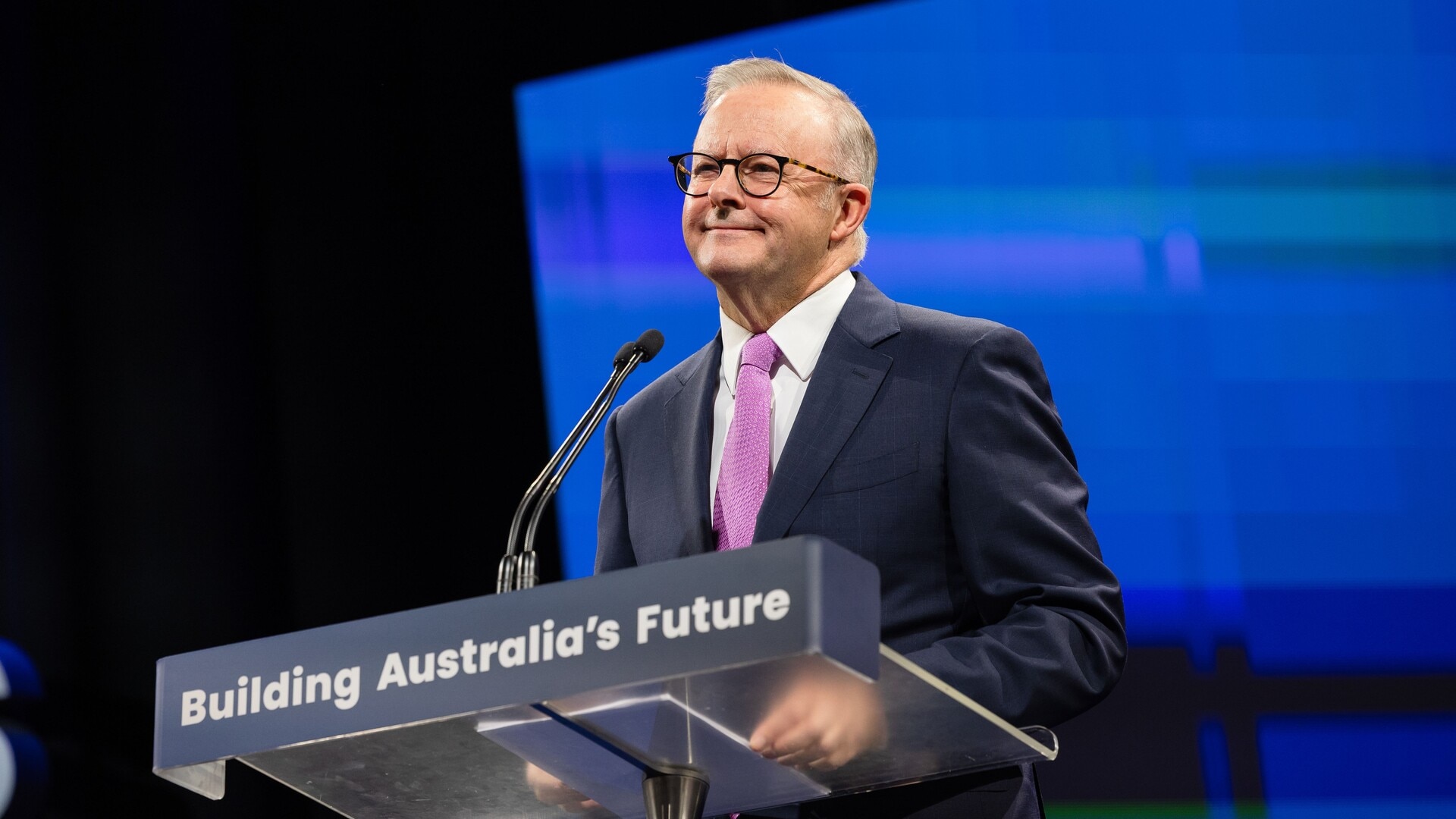Expansion of popular first home guarantee scheme loads up risks for buyers with small deposits
With just a 5 per cent deposit, first-home buyers face heightened risks and higher mortgage rates.

Business
Don't miss out on the headlines from Business. Followed categories will be added to My News.
The Albanese government’s decision to allow anyone buying a first home to do so with a 5 per cent deposit is set to inject a wave of unprecedented risk into an already expensive housing market.
First-home buyers with a stake of just 5 per cent in their home – new or old – will hang by a thread if the market goes off the rails. Any jump in mortgage rates or downturn in house prices will immediately expose a new generation of buyers to financial stress.
Moreover, many first-home buyers may not realise it, but the banks charge higher rates for borrowers with smaller deposits – and the universal expansion of what was once a limited government guarantee program means tiny deposits will now be the norm at this end of the market.
Anthony Albanese has said that, if-re-elected, his government would expand the First Home Guarantee program to allow every first-home buyer into the scheme.
Under the scheme, borrowers can avoid having to pay lenders mortgage insurance because the government ‘guarantees’ the gap between the buyer's deposit and a bank rule that demands first-time borrowers should have a 20 per cent deposit.
Yet as Belinda Williamson from research group Canstar says, “banks often charge higher rates for small deposits”.
Ms Williamson points out that the nation's biggest lender, CBA, offers rates from 6.09 per cent for a customer with a 40 per cent deposit but lifts the rate to ‘an astronomical’ 7.49 per cent for those with less than a 10 per cent deposit.
For the moment, Australian mortgage rates are expected to drop from around 6 per cent closer to 5 per cent in the months ahead – but global rates may soon move higher. The Trump tariff war has consistently pushed rate rise signals higher in the US bond market.
If rates turn higher, the level of payments faced by anyone using the First Home Guarantee scheme will fly higher in tandem, risking a new wave of ‘negative equity’ across the market where mortgages are more valuable than the homes itself.

While all housing incentives announced by both parties have the potential to push house prices higher, the problem with the First Home Guarantee scheme is that it allows existing houses to be in the mix.
In contrast, the coalition’s first-home buyer plan – announced to coincide with the government’s guarantee plan – offers a tax offset, but it is only available for those buying new houses.
The Coalition’s big ticket move, which will cost $7.4bn a year, is to allow first-home buyers to deduct the interest costs on mortgages of up to $650,000 from taxable income. The arrangement will be allowed for five years and open to singles earning under $175,000 and couples earning under $250,000.
The two new first-home buyer packages from the major political parties will most likely consign existing schemes, especially the First Home Super Savings scheme, to the sidelines regardless of who wins the election.
They will also overshadow the government’s long-awaited Shared Equity Scheme (also open to buyers of existing properties).
Even residential property industry economists are cautious about the expansion of First Home Guarantee Scheme – which has quickly become the most popular federal government buyer incentive scheme since it was introduced in 2019.
Ray White’s Nerida Conisbee says “it will certainly be popular, but it risks further inflating property prices by increasing buyer capacity without adequately addressing supply constraints – the Coalition’s approach more directly targets supply by limiting benefits to newly constructed schemes”.
More Coverage
Originally published as Expansion of popular first home guarantee scheme loads up risks for buyers with small deposits





